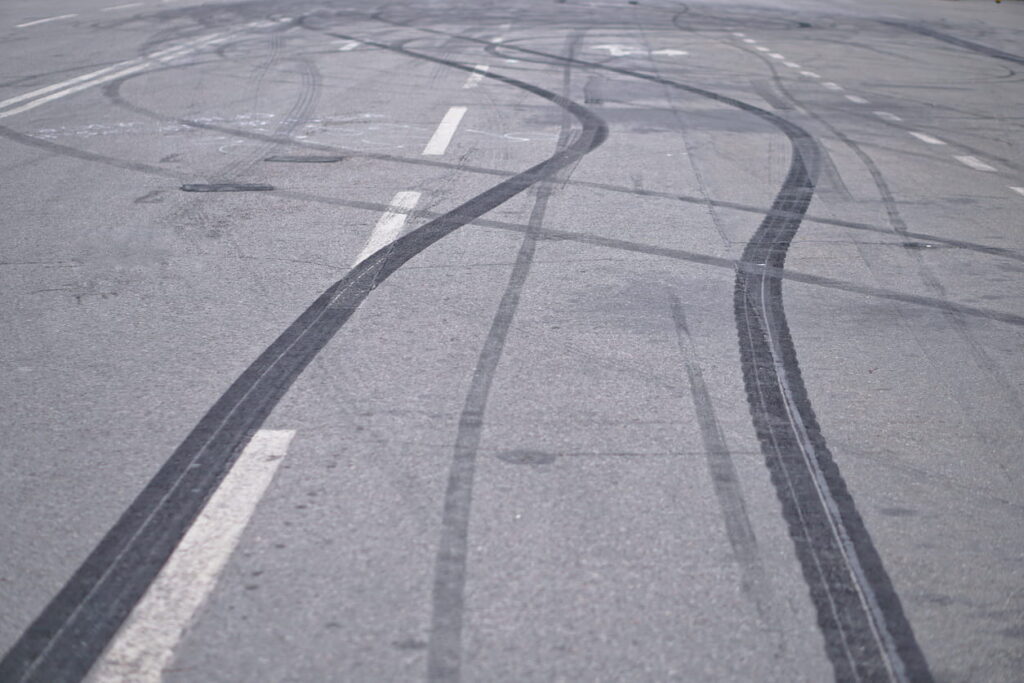Steps To Take After A Hit-And-Run Accident
Hit-and-run collisions are more common than you might realize. In 2022, the Colorado State Patrol investigated 2,700 reported hit-and-run collisions, and the agency reported a 22% increase in the first quarter of 2023. Of the 95,401 collisions reported by the state, 2.8% involved a hit-and-run driver.
The Colorado State Patrol solved 61% of felony hit-and-run reports in 2023. A felony report usually involves a serious bodily injury or fatality.
On the one hand, this success rate is much higher than the national success rate of 39% to 60%, depending on the victim. On the other hand, this means that 39% of Colorado hit-and-run victims and their families might not have an at-fault driver and insurer to be held responsible for their losses.
The actions you take after a hit-and-run car accident can help the police solve your case. Even if they fail, your documentation can enable you to pursue claims with your insurer to recover policy benefits.Since 1996, Bachus & Schanker has stood ready to assist car accident victims. Our Denver hit-and-run accident lawyers understand the hardships you face after you or a loved one suffers a serious or fatal injury in a car accident. We’ll fight hard to help you recover compensation from those responsible.
Bachus & Schanker Wins – Over $1 Billion Recovered
Hit-And-Run Accident Definition
Colorado law requires drivers to take the following steps after any motor vehicle accident that causes injury, death, or property damage:
- Stop at the accident scene
- Render aid to those injured
- Exchange information with the other driver, pedestrian, or cyclist
- Report the crash to the police
- Remain at the scene until the police arrive
However, failing to perform some of these steps doesn’t necessarily constitute a criminal hit-and-run. Colorado law defines a hit-and-run as a crash where the driver fails to stop, exchange information, and render aid. A driver who fails to report the collision or wait for the police commits a traffic violation, not a hit-and-run.
What To Do In A Hit-And-Run Accident
Colorado uses a fault-based insurance system. Car owners buy liability insurance to protect the victims of their negligence. The state doesn’t require them to purchase insurance to protect themselves.
Victims face two risks when a driver fails to stop at the accident scene. First, without aid, they might suffer worse injuries or even death than they otherwise might have faced. Second, they can’t file insurance claims against the at-fault driver without their name, address, and insurance information.
Luckily, there are things victims can do to address these risks, including the following:
Call the Police
A hit-and-run can be both a medical emergency and a crime. Additionally, you must report all accidents that result in injury or death, even if the other driver runs. Thus, calling the police serves the following purposes:
- Getting the emergency medical care you may need
- Satisfying your legal duties under Colorado law
- Initiating a police investigation into the crash
- Documenting the collision for insurance purposes
The responding officers will manage the accident scene to ensure no further injuries or deaths occur. They’ll also call for ambulances if necessary. Finally, they’ll investigate the collision.
During the investigation, the officers will gather evidence and talk to witnesses, including you. Make it a point to cooperate, so they can get the most complete picture of what happened. Describe the vehicle and driver to the police. If possible, give them a license plate number. All of this information could help them to track down the driver.
The officers will prepare an incident report for your crash that summarizes the findings of their investigation. You can use this report to file insurance claims against any optional coverages you may have purchased.
Request Any Necessary Medical Attention
When you call the police, let them know if you need emergency medical care. Paramedics might need to treat serious injuries like temporary unconsciousness of a passenger, fractured bones, or severe bleeding to prevent them from getting worse.
After screening you and administering first aid, paramedics will ask if you want transportation to a hospital. If your injuries prevent you from leaving the scene without aid, consider having the ambulance take you to the emergency room. If you can drive yourself or get a ride without endangering your health, you can also choose to do so.
However, regardless of how you seek care, you should see a doctor promptly after your accident. Medical records will be critical to an insurance claim or hit-and-run lawsuit. These records serve to document the severity of your injuries and your resulting medical costs.
Review The Optional Insurance Coverage In Your Auto Policy
After addressing the urgent needs of your health and the police investigation, you can turn your attention to seeking compensation. Most accident victims can’t afford to wait for the police to solve their hit-and-run cases. Equally importantly, the hit-and-run driver might have left the scene because they didn’t have auto insurance.
You should review your auto insurance policy to determine whether you have any optional coverages that might apply to your hit-and-run car accident, including:
- Uninsured motorist (UIM)
- Collision
- Medical payments (MedPay)
Collision and MedPay are no-fault coverages.
The insurer will cover your property damage minus a deductible if you have collision coverage. Regardless of who caused the accident, they’ll pay this benefit, meaning it will cover hit-and-run crashes.
With MedPay coverage, the insurer will pay your medical expenses for crash-related injuries. Again, since it’s no-fault, it will apply to hit-and-run collisions.
UIM pays you when you get hit by an uninsured motorist. However, insurers define hit-and-run drivers as uninsured since they can’t identify their insurer. If you bought uninsured motorist coverage, it can cover your injury-related losses, including medical expenses and lost income. It can even pay for pain and suffering.
However, UIM is fault-based. To win a claim, you must prove the hit-and-run driver was negligent in causing your crash. Insurers can deny claims if you were at fault, even if the other driver fled.
Get Trustworthy Legal Help With Your Claim
The hit-and-run accident attorneys at Bachus & Schanker have the knowledge and experience to assist you in filing your insurance claim or lawsuit. If the at-fault driver is identified, we can help you take legal action against them. If not, we can negotiate with your insurer to secure fair compensation on your behalf.
Working with a hit-and-run accident lawyer can make all the difference in the success of your case.
Visit Our Auto Accident Law Offices Across Colorado & Beyond
Serving Clients Nationwide
Related Car Accident Resources
Citations:
Colorado Crash Data Dashboard. (2024).
Colo. Rev. Stat. § 42-4-1601. (2024).
Hit-and-Run Crashes: Prevalence, Contributing Factors and Countermeasures. (2018).
2023 Annual Report. (2024).
2023 Hit & Runs Investigated by the Patrol Outpacing 2022. (2023).
You Deserve Fair Compensation
Don’t let the insurance companies intimidate you into accepting less than you deserve. We’re ready to fight for you.

Written and Legally Reviewed By: Kyle Bachus
4.6 ★★★★★ 1,461 Google Reviews
Kyle is a member of the Colorado Bar associations and has served on the Board of Directors of the Colorado Trial Lawyers Association for more than twenty years in total. Over the years, Kyle has achieved justice for many clients. He has served on numerous committees and repeatedly won recognition from his peers at both the state and national level. He is proud of the role he has played in the passage of state and national legislation to protect consumers and is a frequent speaker and guest lecturer.

































